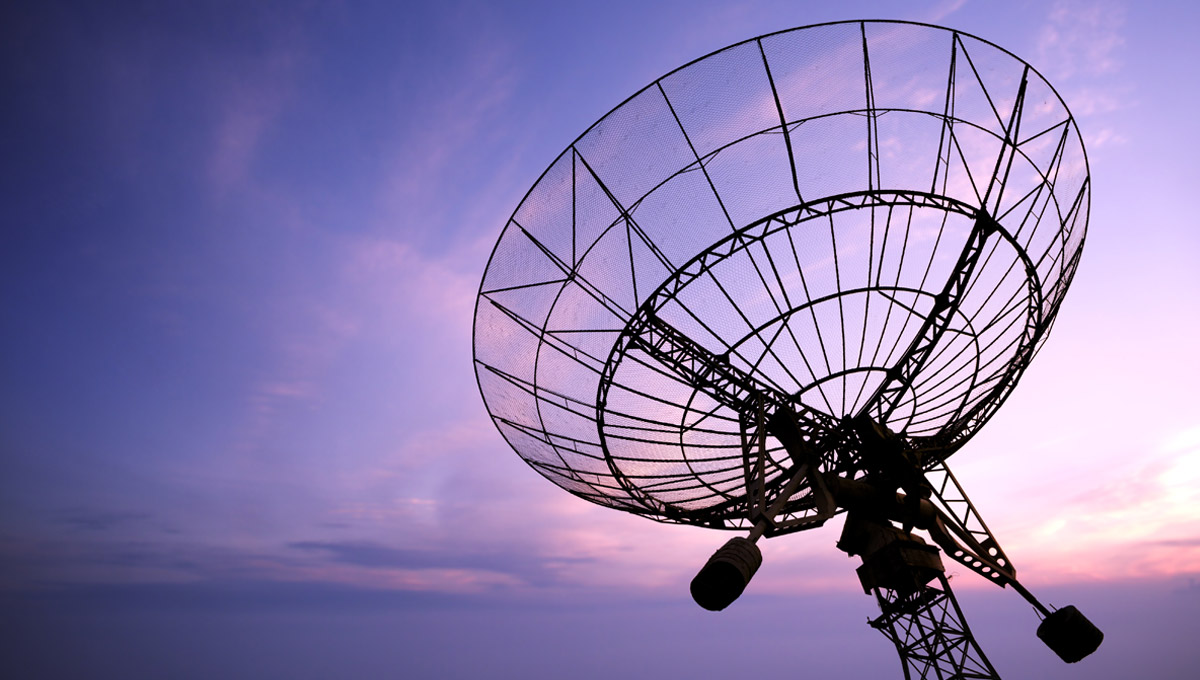Please click here to download the Newsletter as PDF.
REGULATORY UPDATES:
The Telecom Regulatory Authority of India (“TRAI”), through its notification dated November 7, 2023, issued a direction to various entities such as banks, other financial institutions, insurance companies, trading companies, business entities, and real estate companies (“Principal Entities” or “PE”) to implement DCA under the TCCCPR-2018.
While in the prevalent system, consent to receive promotional messages is obtained from the customers and maintained by PEs, the DCA process has the facility to seek, maintain, and revoke the consents of the customers. In the DCA system, consent seeking messages will be sent through a short code, by whitelisted links, wherein the messages sent would be required to clearly mention the purpose of the message, the scope of consent, information related to withdrawal of consent, along with the Principal Entity/ brand name under which such consent seeking messages are sent.
TRAI, in its notification highlighted that implementing the DCA would render the existing consents void and as a result, fresh consents of customers would have to be sought by all PEs through digital means. Accordingly, all the Principal Entities were directed to take steps on an urgent basis to onboard the DCA system by November 30, 2023, as indicated by TRAI previously in the directions regarding the DCA under TCCCPR-2018.
The Department of Telecommunications (“DoT”), through its notification dated October 10, 2023, has issued an Addendum to Telecommunication Engineering Centre (TEC) Test Procedure for Measurement of Electromagnetic Field from Base Station Antenna (“Addendum”). The Addendum lays down the procure to measure the Electromagnetic Field (“EMF”) exposure from 5G base stations.
The Addendum states that broadband measurement is to be conducted for frequency range from 450 MHz to 4 GHz with the help of an isotropic field probe and lays down 2 (two) methods for the measurement of the frequency. As per method one, the lowest applicable exposure limit for the frequencies present will be used to determine the combined exposure ratio expressed as a fraction/ percentage of the applicable limit, whereas method 2 (two) recommends that the broadband measurements be conducted separately over different frequencies.
The Addendum further states that in an instance where the broadband measurement exceeds 50% of limits prescribed by DoT, the frequency selective measurements with extrapolation for maximum traffic would be performed. This method is based on secondary synchronization signals in the synchronization signal block of the downlink. Alternatively, the spectrum analysis method can be used if decoding solutions are not available.
Lastly, the Addendum also lays down the format for 5G frequency selective measurement for certification of base stations for compliance with safe limits for EMF exposure from cellular radio base stations and the general operational guidelines for using EMF measurement instrument for carrying out EMF measurement.
Further to the instructions issued on the “Provisioning of Telecommunication Services by the Licensees through Franchisee, Agents and Distributors (PoS)”, dated August 31, 2023 (“Instructions”) by the DoT, telecom licensees have submitted various representations seeking clarifications on the Instructions and requesting additional time for implementation of the Instructions as it requires some changes in the IT systems of the licensees.
The Instructions mandated that if a licensee is appointing PoS to enroll customers for the provisioning of telecommunication services, then the licensee is required to register and ensure verification of such PoS before permitting them to enrol the customers, in the interest of the security of the nation. Further, the Instructions mandate that once the identity and address verification are completed, the licensee is required to sign the written agreement(s) with the PoS.
The DoT, after considering the representations of the licenses, have notified the following vide a notification dated October 13, 2023:
- The Instructions are clear and do not require any additional clarification; and
- As a one-time measure, an additional time of two months is granted for the implementation of Instructions. Accordingly, the Instructions will be effective from December 1, 2023, instead of the initial date of November 1, 2023.
DoT revises the methodology for calculation of spectrum charges for captive use (“Notification”)
Once a radio frequency assignment application is approved, the applicant will receive a Letter of Intent (“LoI”) specifying spectrum charges (license fee and royalty charges) for the entire assignment period. For assignment period exceeding a year, charges can be paid annually in advance. Within 60 (sixty) days from the date of issue of LoI, applicant is required to pay spectrum charges for issue of the Decision Letter (“DL”).
The Notification allows a 3 (three) month construction period which is a grace period for setting up networks (the import of the equipment, site preparedness, deployment, etc,) after receiving the LoI. Spectrum charges will commence after this period from the 1st day of the month following the LoI issue date, except for temporary assignments where charges start from the LoI date.
The royalty charge is no longer determined by the number of equipment/sets unless specified otherwise; however, license fees will apply. It will be calculated based on coverage area, channel bandwidth of transmission, popularity of the frequency band, and the location category. This calculation is independent of the number of stations using the same frequency(s) in a network. Consequently, any change in the quantity of equipment (fixed/mobile) in the existing frequency assignment will necessitate prior permission. The spectrum charges will be calculated for terrestrial broadcasting service, land mobile service, maritime mobile service, aeronautical service, radar under radionavigation service and radiolocation service, fixed and mobile service (multi-channels multiplexed) and satellite-based services in accordance with the schedules given in the Notification.
Initially, the DL will be issued with a validity period of 15 (fifteen) months, including a three-month construction period, starting from the 1st day of the month of the issued date of the LoI, and extendable for an additional year.
The Notification comes into force with effect from April 01, 2024, and the revised spectrum charges on existing frequency assignments will be applicable from the date of the next renewal cycle.
The Telecommunications Act, 2023 (“Act”)
The Telecommunications Bill, 2023 (“Bill”) which was passed by the Parliament on December 21, 2023, followed by the Presidential assent, is set to become the law for regulating the framework involving telecommunication services, telecommunication networks, assignment of spectrums and related matters in India.
The Act seeks to amend certain provisions of the TRAI Act, 1997 (“TRAI Act”) while repealing the following:
- Indian Telegraph Act, 1885,
- Indian Wireless Telegraphy Act, 1933, and
- Telegraph Wires (Unlawful Possession) Act, 1950.
Among the primary features of the Act, a few notable ones are captured below:
The Act has defined ‘telecommunication service’ to mean “any service for telecommunication”. This has come after the previous iterations of the Bill expressly included OTT communication services within the definition of ‘telecommunication service’.
Further, the Act lays down that the Central Government can assign telecommunication spectrum either through auction or administrative process, with the auction process being the norm, unless the Central Government deals with any scenario contemplated in the First Schedule where it would be required to follow the administrative process. The First Schedule provides for administrative assignment of spectrum in certain cases such as satcom without the restriction of government functions, as was in the previous iterations.
The Act also provides a mechanism to exercise the right of way for laying telecom infrastructure in public as well as private property.
It mandates prior consent for receiving specified messages/ class of specified messages and mechanisms for reporting any malware/specified messages and also mandates the authorized entity providing telecommunication services to have an online dispute resolution mechanism for redressing grievances regarding such telecommunication services.
TRAI v. Kabir Shankar Bose & Ors
On December 22, 2023, the Delhi High Court delivered a ruling pertaining to a legal dispute surrounding a Right to Information (“RTI”) application seeking details from TRAI on phone surveillance.
The dispute originated when Kabir Shankar Bose submitted an RTI application to TRAI, seeking information on phone surveillance, tapping, or tracking. TRAI responded by stating that it did not possess the requested information. Dissatisfied with this response, Bose appealed against the decisions of both the Central Public Information Officer (CPIO) and the Appellate Authority. The Central Information Commission ultimately upheld the appeal, directing TRAI to obtain the information from the Telecom Service Provider (“TSP”).
In this appeal against the order passed by the single judge of the Delhi High Court, TRAI argued that it lacked control over information sought by Bose in an RTI application. The court allowed TRAI’s appeal, upholding that surveillance matters do not fall under TSP’s purview. They are carried out under government directions for national security. Furthermore, the court scrutinized TRAI’s authority as outlined in Sections 11 and 12 of the TRAI Act read along with the statement of objects and reasons of the TRAI Act, and observed that TRAI’s primary responsibilities centred around regulating telecom services and ensuring compliance with license conditions.
The Delhi High Court stated that any order issued by the government regarding the interception, tapping, or tracking of a phone is done when the authorized officer deems it necessary for reasons such as the sovereignty and integrity of India, state security, friendly relations with foreign states, public order, or prevention of offenses. Such orders are part of an investigative process, and disclosing such information could impede the investigation, which could potentially harm the sovereignty, security, and interests of the state, as well as international relations. Further, any information in relation to interception or tapping or tracking of a phone as order by the concerned government under Section 5(2) of the Indian Telegraph act, 1885, may attract the exemption under Section 8 of the Right to Information Act, 2005 (“RTI Act”).
As a result, such information is exempted from disclosure under Section 8 of the RTI Act and accordingly, the Delhi High Court overturned the decision of the single judge.
CIT, Delhi v. Bharti Hexacom Limited
In a judgement dated December 19, 2013, the division bench of the High Court of Delhi held that the variable licence fee paid by the respondents-assessees under the New Telecom Policy, 1999 (“Policy of 1999”) is revenue expenditure in nature and is to be deducted under Section 37 of the Income Tax Act, 1961.
The contention before the High Court was that the licence fee payable by virtue of the Policy of 1999 was in the nature of revenue expenditure as the earnings are shared and the licence fee depends upon the gross revenue and is payable yearly. Further, the new operators under the Policy of 1999 were issued licences and were required to pay a one-time licence fee for entry and to start operations. Additionally, yearly turn over based licence fee was payable. Therefore, it was contended that a one-time payment of licence fee was capital expenditure in nature while the payment of yearly licence fee was revenue expenditure such that it was a running expense for maintaining and operating the business of telecommunication. Hence, it was considered in the commercial sense, that the yearly payment was in the nature of revenue expenditure.
However, the Supreme Court passed its judgment on October 16, 2023, setting aside the judgement passed by the Delhi High Court, holding that the licence fees paid by telecom operators should be treated as a capital expense, which the companies were previously treating as revenue expense thereby increasing the financial burden on the telcos.
While the Supreme Court judgment has not definitively clarified the position regarding the retrospective applicability of this provision, there is an anticipation that income tax authorities may potentially raise demands for the shortfall in tax payments for the preceding period, accompanied by relevant penalties.
This Prism has been prepared by:

Tony Verghese |

Radhika Gupta |
Shruthi Shekar |
For more details, please contact [email protected]













